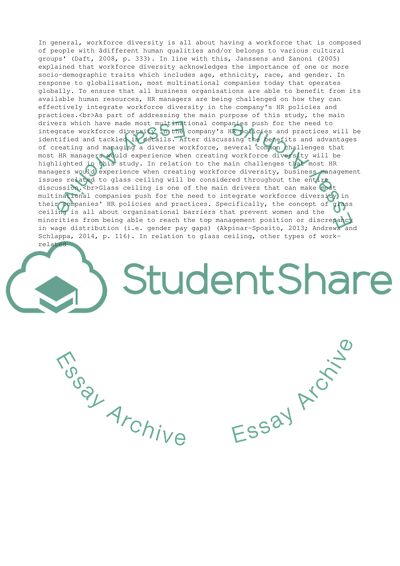Cite this document
(Contemporary Issue in Business and Management Essay, n.d.)
Contemporary Issue in Business and Management Essay. https://studentshare.org/business/1812501-contemporary-issue-in-business-and-management
Contemporary Issue in Business and Management Essay. https://studentshare.org/business/1812501-contemporary-issue-in-business-and-management
(Contemporary Issue in Business and Management Essay)
Contemporary Issue in Business and Management Essay. https://studentshare.org/business/1812501-contemporary-issue-in-business-and-management.
Contemporary Issue in Business and Management Essay. https://studentshare.org/business/1812501-contemporary-issue-in-business-and-management.
“Contemporary Issue in Business and Management Essay”. https://studentshare.org/business/1812501-contemporary-issue-in-business-and-management.


